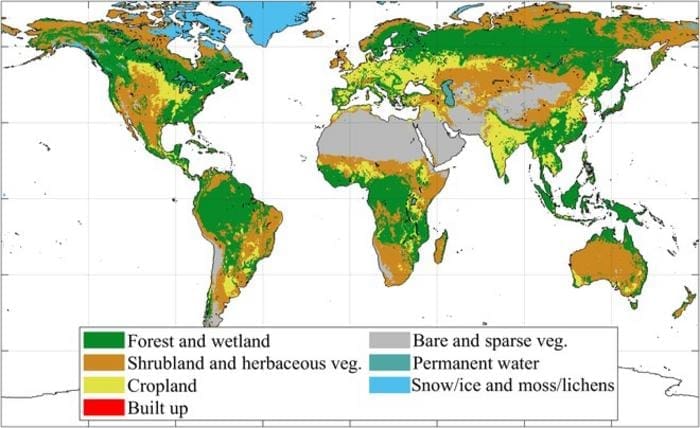Unlocking the secrets of Earth’s planetary boundary layer (PBL), a pivotal zone influencing air quality and climate, a new study offers unprecedented insights into atmospheric thermal contrasts (TC). By scrutinizing satellite data, researchers have shed light on how the surface-to-atmosphere temperature gradient affects the detection of atmospheric pollutants.

The endeavor to keep tabs on and curb air pollution has been stymied by the enigmatic nature of the planetary boundary layer (PBL). This atmospheric strip, in constant caresses with the Earth’s surface, is a hotbed for pollutants. Yet, its mercurial dance through time and across geographies presents a formidable scientific puzzle. Given these hurdles, an in-depth dissection of the thermal contrast (TC) that delineates this layer is imperative.
From the hallowed halls of the Université Libre de Bruxelles, in tandem with the Royal Belgian Institute for Space Aeronomy, comes a revelatory study featured in the 2024 edition of Journal of Remote Sensing. Unveiled on the 21st of May, 2024, the research harnesses high-spectral resolution infrared data to demystify TC variations, blending inputs from Copernicus Global Land Services with the European Centre for Medium-Range Weather Forecasts’ reanalysis.
This groundbreaking research takes the pulse of the global TC under clear skies, revealing its daily ebb and flow, as well as its seasonal metamorphosis. The study uncovers that TC crests between 1130 and 1330 local time, with the daytime acme swelling from a modest 5-10 K in winter to a robust 10-30 K in summer. The seasonal roundelay shows land cover types in a varied waltz of TC, with the bare soils and shrublands pirouetting to a more dramatic tune compared to the more stately forests and wetlands.
Nocturnal TC, typically southbound between -5 and -10 K, find occasional favor in the cool embrace of winter and autumn, courted by temperature inversions. The study flags the pivotal role of TC in fine-tuning satellite sentinels, enhancing their reconnaissance of terrestrial pollutants. These revelations are key to bolstering the sensitivity of infrared sentinels, old and new, for a keener watch over atmospheric contaminants.
Dr. Lieven Clarisse, the study’s lead inquisitor, remarked, “Our quest has unearthed the intricate choreography of TC, a linchpin for amplifying the acuity of infrared surveillance from the cosmos. This study etches the foundation for a more precise x-ray of atmospheric pollutants as seen from space.”
The ripples from this study promise to lap at the shores of environmental vigilance and climatic chronicles. Armed with the optimal timing for measurements, satellite sentinels stand poised to more efficaciously sniff out and quantify the emissions from localized pollution points.
This leap forward provides a boon for policy shapers and environmental custodians, equipping them with sharper tools to take on air pollution. Furthermore, the detailed dataset adds layers to our grasp of the PBL’s part in the climate’s backstage machinations, possibly pointing the way to refined climate models and forecasts.
Journal Reference:
Tommaso Di Gioacchino, Lieven Clarisse, Lara Noppen, Martin Van Damme, Sophie Bauduin, Pierre Coheur, ‘Spatial and Temporal Variations of Thermal Contrast in the Planetary Boundary Layer’, Journal of Remote Sensing 28, 0142; (2024). DOI: 10.34133/remotesensing.0142
Article Source:
Press Release/Material by Journal of Remote Sensing
Featured image credit: NASA | Unsplash




